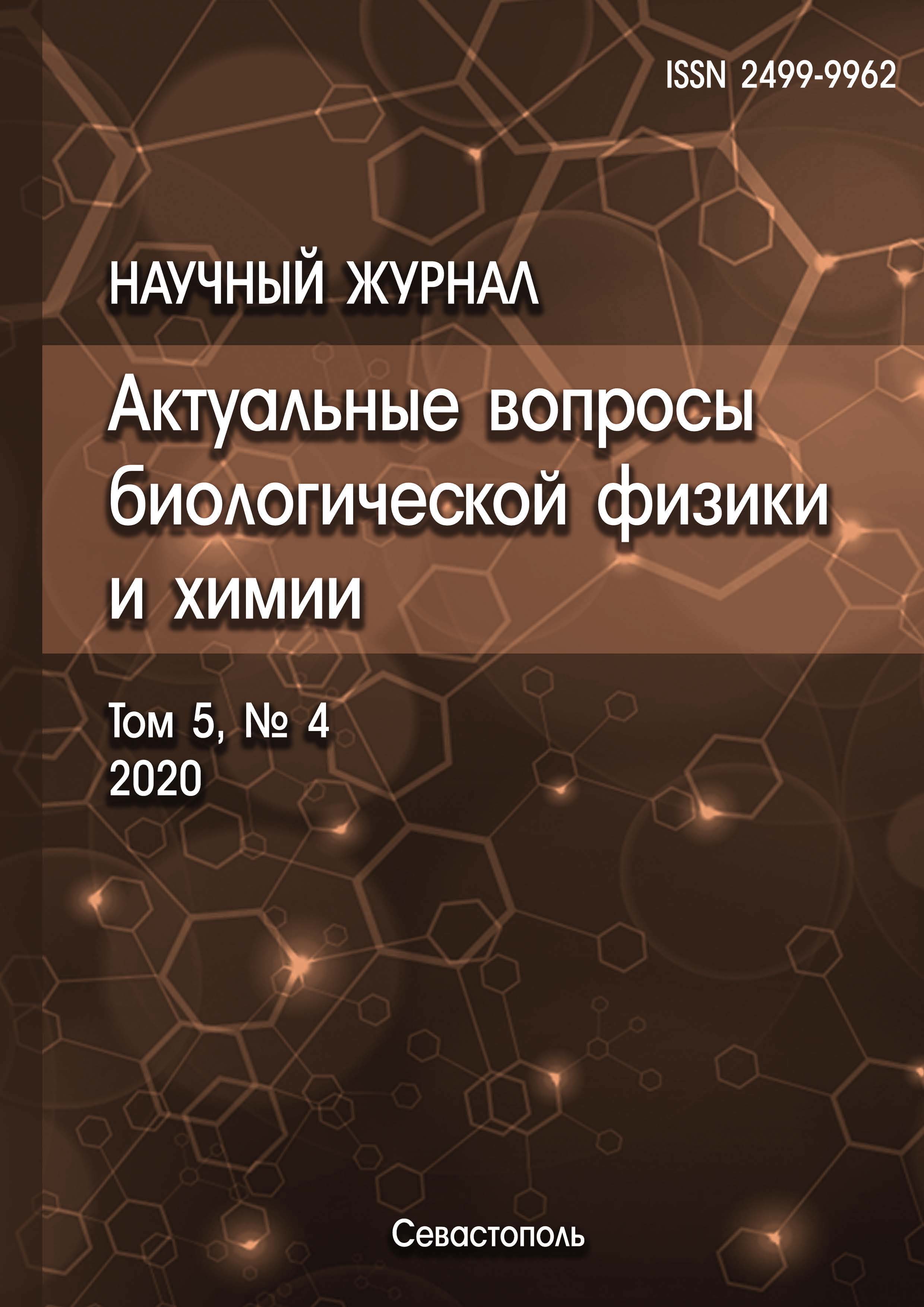The paper deals with the spectrometric methodology for estimating the biodegradation resistance of anti-fouling coatings containing nanoparticles of various metals. There are reasons to believe that this variant of biocide composition has lower toxicity in comparison with traditional compositions. The effectiveness of the coatings used in this work was shown earlier on model microorganisms. A state-of-the-art of the problem of antifouling coatings is briefly described as well as prospects of application of its modification with metal and bi-metal oxide nanoparticles. The technique of the experiment to determine the effectiveness of the studied coatings on marine organisms in vivo is described. During investigations by methods of optical and laser confocal scanning microscopy, Raman and infrared spectroscopy, the state of the coating was studied before it was immersed in an aqueous medium, as well as after a month of exposure at a specialized test site in the Sevastopol Bay. The obtained spectra were compared as well as the spectra of "control" samples (without nanoparticles) with the spectra of "working" coatings. It is shown that at the first stage of the research no pronounced changes in the state of the organic matrix of the coating were found.
nanoparticles, Raman spectroscopy, infrared spectroscopy, antifouling coatings
1. Chambers L.D., Stokes K.R., Walsh F.C., Wood R.J.K. Modern approaches to marine antifouling coatings. Surface and Coatings Technology, 2006, vol. 201, iss. 6, DOI:https://doi.org/10.1016/j.surfcoat.2006.08.129. EDN: https://elibrary.ru/FZHKTZ
2. Dobretsov S., Teplitski M., Bayer M., Gunasekera S., Chaidir C., Paul V. Inhibition of marine biofouling by bacterial quorum sensing inhibitors. Biofouling, 2011, vol. 27. DOI:https://doi.org/10.1080/08927014.2011.609616.
3. Hellio C., Yebra D. Advances in Marine Antifouling Coatings and Technologies 1st Edition Woodhead Publishing, 2009, 784 p.
4. S. Dobretsov J.C. Thomason The development of marine biofilms on two commercial non-biocidal coatings: A comparison between silicone and fluoropolymer technologies, Biofouling, 2011, vol. 27, no. 8, DOI: 10.1080/ 08927014.2011.607233
5. Thomas K.V., Brooks S. The environmental fate and effects of antifouling paint biocides. Biofouling, 2010, vol. 26, no. 1, DOI:https://doi.org/10.1080/08927010903216564
6. Inbakandan D., Chandrasekaran K., Stanley S., Kirubagaran R., Venkatesan R., Khan S. Silver nanoparticles with anti microfouling effect: A study against marine biofilm forming bacteria. Colloids and surfaces. B, Biointerfaces. 2013, vol. 111, DOI:https://doi.org/10.1016/j.colsurfb.2013.06.048.
7. Callow J., Callow M. Trends in the development of environmentally friendly fouling-resistant marine coatings. Nat.Commun., 2011, vol. 2, DOI:https://doi.org/10.1038/ncomms1251.
8. F. Tepper, M. Lerner, D. Ginley Metallic Nanopowders: An Overview. Encyclopedia Entry. Dekker Encyclopedia of Nanoscience and Nanotechnology, 2004, vol. 3. DOI:https://doi.org/10.1081/E-ENN-120009110.










